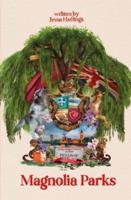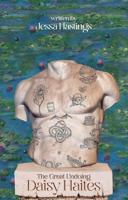Publisher's Synopsis
This historic book may have numerous typos and missing text. Purchasers can usually download a free scanned copy of the original book (without typos) from the publisher. Not indexed. Not illustrated. 1897 edition. Excerpt: ... DESCRIPTION OF NATURAL BED. Dr. Brooks thus describes a natural oyster bank: An examination of a Coast Survey chart of any part of the Chesapeake Bay or ofi any of its tributaries will show that there is usually a midchannel or line of deep water where the bottom is generally soft and where no oysters are met with, and on each side of this an area where the bottom is hard, running from the edge of the channel to the shore. This hard strip is the oyster area. It varies in width from a few yards to several miles, and the depth of water varies upon it from a few feet to 5 or 6 fathoms or eveu more. But there is usually a sudden fall at the edge of the channel where the oysters stop, and we pass onto hard bottom; and a cross-section of the channel would show a hard, flat plane with oysters on each side of the deep, muddy channel. The oyster bottom is pretty continuous, except opposite the mouth of a tributary, where it is cut across by a deep, muddy channel. The solid oyster rocks are usually situated along the outer edge of this plateau, although in many cases they are found over its whole width nearly up to low-tide mark or beyond. As we pass south along the hays and sounds of Virginia and North Carolina, we nnd that the hard borders of the channel come nearer and nearer to the surface until in the lower part of North Carolina there is on each side of the channel a wide strip of hard bottom, which is bare at low tide and covered with oysters up to high-water mark, although the oysters are most abundant and largest at the edge of the deep water, where they form a well-defined reef. In our own waters there is usually a strip along the shore where no oysters are found, as the depth of water is not great enough to protect them in winter. The...





















